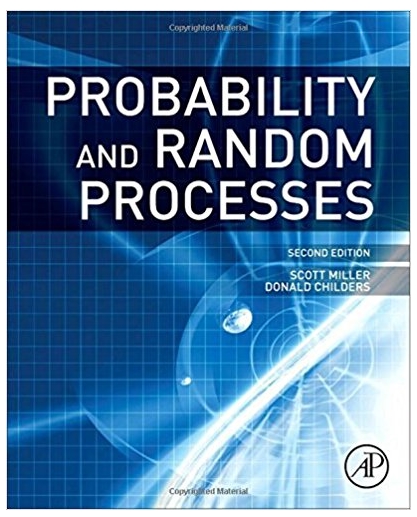Question
1. A bank has the following data on the gender and marital status of 400 customers. An experiment consists of selecting one of these customers
1. A bank has the following data on the gender and marital status of 400 customers. An experiment consists of selecting one of these customers at random.
Male Female Total
Single 40 60 100
Married 200 100 300
Total 240 160 400
A. What is the probability of selecting a customer who is married?
B. What is the probability of selecting a customer who is married and female?
C. What is the probability of selecting a customer who is married or female?
D. If a customer is male, what is the probability that he is married?
E. Are gender and marital status independent events? Show proof
2. Assume that each year the IRS randomly audits 4% of the tax returns. If a married couple has filed separate returns, what is the probability that:
A. both the husband and the wife will be audited?
B. either the husband or the wife will be audited?
C. neither will be audited?
3. A random variable has the following probability distribution:
X P(X)
0 0.05
1 0.16
2 0.16
3 0.23
4 0.40
A) Compute the expected value, variance and standard deviation of X. Show the computations for the expected value.
4. Seventeen percent (0.17) of the students in a statistics class are graduate students. A random sample of 7 students is selected. Use the binomial probability formula to determine the probability that the sample contains exactly 3 graduate students. Show your work.
5. Ten percent (0.10) of the parts produced by a machine are defective. Twenty parts are selected at random for study.
A. what is the probability that 3 or fewer parts are defective?
B. what is the probability that exactly 3 parts are defective?
C. what is the expected number and standard deviation of defective parts in the sample?
6. Assume that you have applied to two universities ( call them A and B ) for your degree. In the past, 25% of students with similar credentials as yours who applied to university A were accepted. In the past, 30% of students with similar credentials as yours who applied to university B were accepted. Assume that the applications are independent of each other.
A) what is the probability that you will be accepted to both universities?
B) what is the probability that you will be accepted to at least one of the universities?
Step by Step Solution
There are 3 Steps involved in it
Step: 1

Get Instant Access to Expert-Tailored Solutions
See step-by-step solutions with expert insights and AI powered tools for academic success
Step: 2

Step: 3

Ace Your Homework with AI
Get the answers you need in no time with our AI-driven, step-by-step assistance
Get Started


